There has been much talk both in publications and on the internet about the existence of two Cumorahs with relation to the location of the Book of Mormon culture.
The following verses from the book of Ether describe the relationship between the Jaredite lands, the hill Shim and the Hill Cumorah.
To summarize:
- The only seashore mentioned with respect to the Jaredite lands was eastward.
- This seashore was eastward of both the Hill Shim and the Hill Cumorah
- The Hill Cumorah and the Hill Ramah were where Mormon hid up all the records save those few that he gave to his son Moroni.
- The Book of Mormon was translated from the plates given to Moroni and not those buried in the Hill Cumorah. [This assumes contrary to historical evidence that Moroni didn’t deposit the abridged plates in Cumorah.]
- The last battle of both the Nephites and the Jaredites took place at or near the same location.
And it came to pass that he fought with Lib, in which Lib did smite upon his arm that he was wounded; nevertheless, the army of Coriantumr did press forward upon Lib, that he fled to the borders upon the seashore. And it came to pass that Coriantumr pursued him; and Lib gave battle unto him upon the seashore. * * * And it came to pass that Shiz did pursue Coriantumr eastward, even to the borders by the seashore, and there he gave battle unto Shiz for the space of three days.
And the Lord warned Omer in a dream that he should depart out of the land; wherefore Omer departed out of the land with his family, and traveled many days, and came over and passed by the hill of Shim, and came over by the place where the Nephites were destroyed, and from thence eastward, and came to a place which was called Ablom, by the seashore, and there he pitched his tent, and also his sons and his daughters, and all his household, save it were Jared and his family.
And it came to pass that the army of Coriantumr did pitch their tents by the hill Ramah; and it was that same hill where my father Mormon did hide up the records unto the Lord, which were sacred.
The BofM only mentions one Cumorah. It was the same hill that the Jaredites called Ramah. It was located near the western seashore of a body of water large enough to be called a sea.
[How large must a body of water be “to be called a sea” in the scriptures? The Sea of Galilee is 13 miles long and 8 miles wide, with a surface area of 64 square miles. Cayuga and Seneca lakes in New York have surface areas of 66 and 67 square miles, respectively. Utah Lake is 24 miles long and 13 miles wide, with a surface area of 148 square miles.]
The Hill in New York, mistakenly named Cumorah by early Saints is south of any body of water large enough to be called a sea.
[The logical fallacy is begging the question occurs when, as here, an argument’s premise assumes the truth of the conclusion, instead of supporting it. He says “mistakenly” as if he knows better than “early Saints” did. The term “early Saints” is a euphemism for the prophets, including Joseph Smith and Oliver Cowdery, as well as Lucy Mack Smith, David Whitmer, Martin Harris, and every Latter-day Saint during Joseph’s lifetime.]
It is too far west to be thought of as near the Atlantic seashore. This seashore being the only one east of Palmyra.
[As we saw already, two of the finger lakes east of Cumorah are larger than the Sea of Galilee. Anyone can look on a map and see this, but M2C followers don’t know that if they rely on the M2C citation cartel.]
I think we do a miss service when we talk about two Cumorahs or the “Two Cumorah theory.” This is like talking about the Two Yorks theory as an explanation of why there is a York in England and a new York in America.
[They don’t want to talk about “Two Cumorah theory” because that might lead Latter-day Saints to learn what the prophets have taught about Cumorah. But as we’ll see tomorrow, the M2C scholars had to explain why there are two Cumorahs because, until recently, most Latter-day Saints still believed what the prophets taught about Cumorah in New York.]
[Next, let’s look at a classic exchange in the comments.]
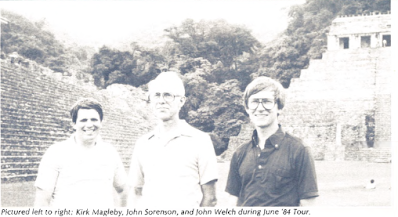

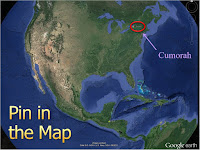

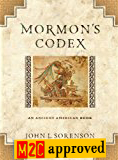





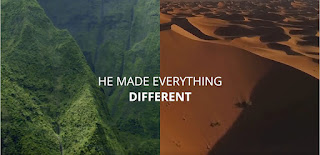
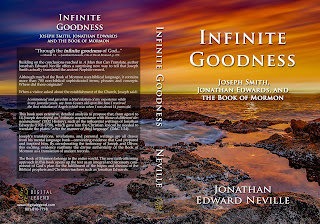

February 12, 2008 at 8:17 pm
There’s a few more questions we need to answer.
Where did the last battle of the Nephites and the Jaredites take place? Central America or New York? Some modern-day prophets say that New York is the very spot of the last great battles of these civilizations. Was this their opinion and not prophetic truth?
[Not just “some,” but every prophet/apostle who has ever publicly addressed the issue has corroborated the teachings of Joseph, Oliver, and their contemporaries.]
If the Hill Cumorah in New York is not where the sacred records were stored, then how did Moroni get all the way up to New York to deposit the plates of the Book of Mormon there? And why did Joseph Smith and others see a vision of the New York Hill Cumorah open up and see stacks and stacks of plates? How would Moroni have gotten all those plates up to New York to place in the Hill Cumorah in New York?
[These remain obstacles for M2C, which we’ll see below.]
My belief is that there is only one Hill Cumorah, and it is the one in New York. That is where the last battles were, and that is where all the plates were hid.